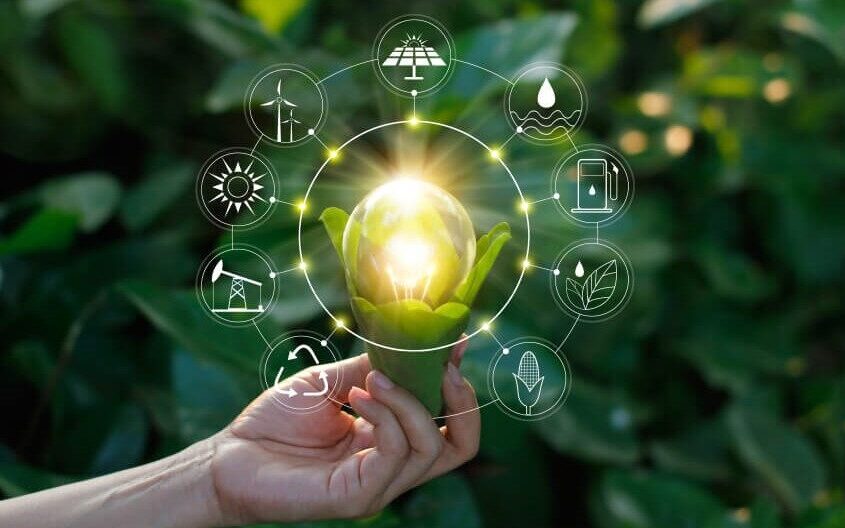I’ve said many times that green energy is the future.
But it isn’t the future anymore. It’s the here and now.
Energy infrastructure investment by institutional investors topped $31 billion last quarter. And of that amount, 65% went to renewable energy. Only 8% went to conventional energy projects, with much of the rest going to hybrid projects.
This is happening right now, folks.
I grew up in West Virginia, where “green energy” was a dirty word that you didn’t mention in polite company. West Virginia is coal country, after all!
Investment Flows Into Green Energy
But even in West Virginia, investment dollars are flowing into renewable energy projects. They have to.
Wind and solar energy now generally beat coal on costs. West Virginia doesn’t have as much wind and sun as it does coal, but wind now makes up 3.4% of all electricity generated in the state and will soon pass natural gas.
Politics aren’t killing coal. It’s basic economics.
As recently as 2010, renewable energy accounted for just 10% of the national grid. This year, it hit 22%, and the Energy Information Administration expects it to be at least 30% by 2025.
Between 2025 and 2050, the total amount of electricity generated from coal, gas and nuclear power will be steady. But all growth in electricity production will be in renewables.
Hiccups in European Transition to Renewables
Now, 2050 is a long time away. A lot can happen between now and then. The transition to renewables won’t always be smooth.
We see that today in Europe. Europe was a little too aggressive in greening its energy supply and now faces a nasty gas shortage.
The wind didn’t blow as consistently this past summer, which forced Europeans to dip more into their natural gas supplies.
Add to that a colder spring than they expected, a faster than expected economic recovery from COVID, and slightly lower new supply coming in from Russia … and Europe’s unwanted natural gas supply glut turned into a shortage.
This won’t be the last incident, and it’s one reason that investing in the space can be tricky.
Smartest Ways to Invest in Renewable Energy
You could buy an exchange-traded fund — a basket of stocks — such as the Invesco Solar ETF (NYSE: TAN). This fund will give you exposure to many renewable stocks. And its share price should rise along with the renewable energy mega trend.
But the poor performers will drag down the overall value of the shares.
In my flagship newsletter, Green Zone Fortunes, I identified renewable energy as a durable mega trend that will be ripe for investment for decades.
But I take more of a “picks and shovels” approach to investing, focusing on suppliers to the industry. We don’t know which individual wind or solar projects will work out and which will be a bust, but we do know that hundreds of billions of dollars in infrastructure funding is flooding into this space.
I want to buy the suppliers getting in front of that wave of demand.
In June, I recommended shares of an electrical engineering firm that is busy building out the infrastructure needed for the transition to green energy, as well as the infrastructure to service the growing fleet of electric vehicles.
My readers are up about 30% in a little over three months, and I see much higher returns yet to come.
To get the full story on this stock — as well as more than a dozen other stocks that are screaming buys at today’s prices — click here to find out more about Green Zone Fortunes.
To good profits,

Adam O’Dell
Chief investment strategist, Money & Markets



